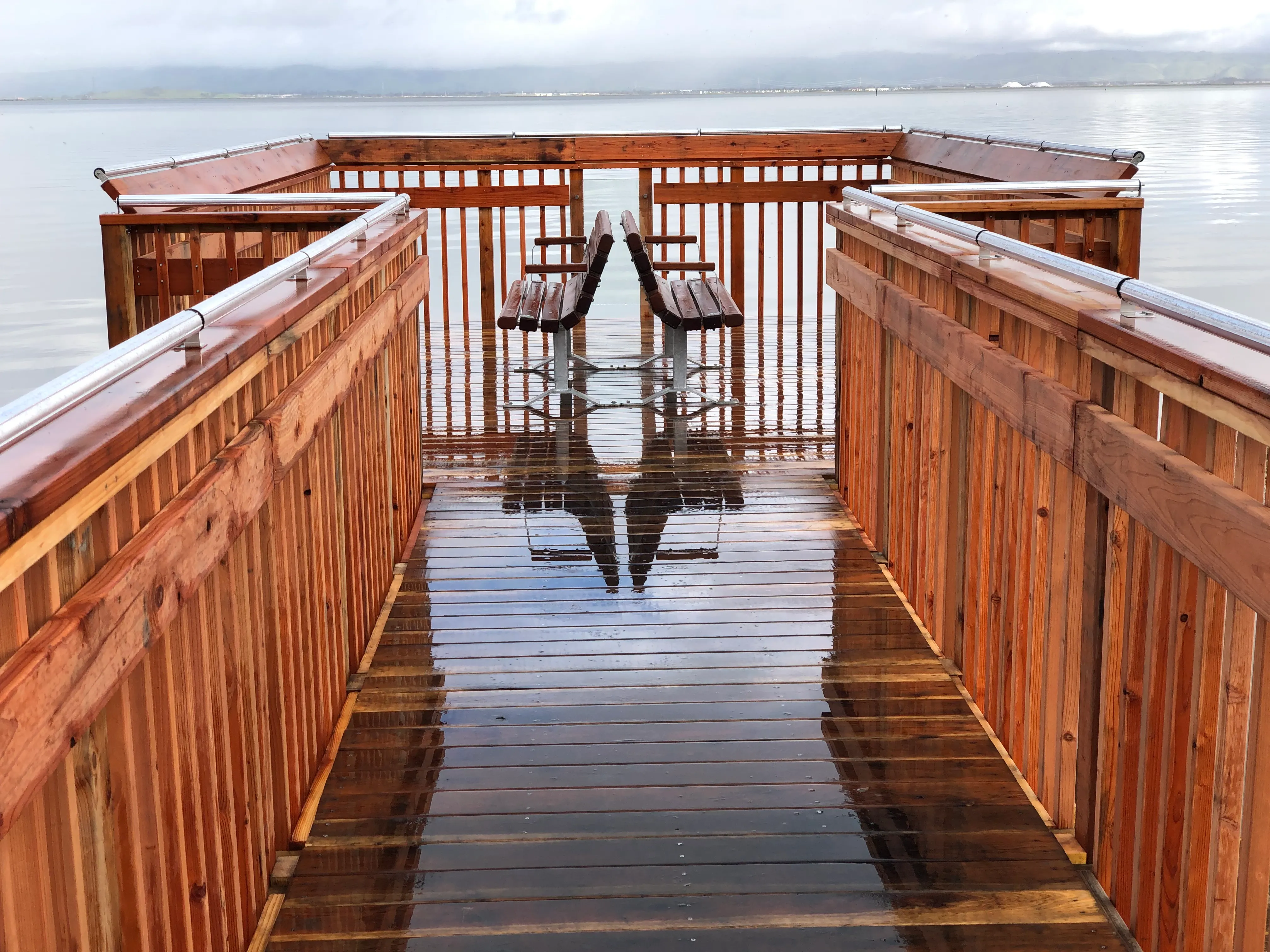Create Your First Atlas CareMap
As you draw and reflect on your first Atlas CareMap in this unit, creating a diagram of the caring relationships around you, keep in mind what you learned in the last unit about what “care” means to you.
Mindfulness Prompt

Reflect on the most recent meaningful act of care you have received. Who was involved? What care did you receive? Were you simultaneously actively caring for any of your caregivers?
Creating Your Atlas CareMap
Watch the video below to learn to draw your own map. As it describes the steps for creating an example map, pause the video as appropriate to do the same for your own situation.
Note that an Atlas CareMap depicts a particular point in time. As your care situation can vary significantly over time you will need to choose a particular situation to depict, whether that is today or some significant moment in your past.
As the video explains, this is a 2-step process:
- You will first use the Data Collection worksheet to jot down the people involved.
- Next use the instructions and space on the Data Drawing worksheet, and the names from step 1, to draw your Atlas CareMap.
Use these sheets either directly (print them out and write on them) or as a reference (while writing and drawing on any blank paper).
Start simple! For drawing your first map, keep things simple. In the Data Collection worksheet, we encourage you to limit yourself to a few people, those that are most top-of-mind, rather than being overly exhaustive. Limit yourself to boxes (a) and (b) for “Who do you care for?”. Later on, once you’re adept at the basics, you’ll find it much easier to add more details. In the Going Further unit we’ll encourage you to get creative and tailor the Atlas CareMap for your own interests, and share many ideas for doing so.
Reflect On Your Atlas CareMap
The process of drawing your Atlas CareMap may have given you a new perspective on your situation. Here are some questions you can ask yourself, to interrogate your thinking. As you interview yourself, we encourage you to look with soft eyes. Be kind and gentle to yourself, and to others on your map. Look to see, not to judge.
We encourage you to write down your answers, and not just think about them. Both the physical action of writing, involving your body in the thinking, and the fact that this takes time deepens your reflection. In addition, when people re-read their responses, even after just a few days, they often discover that their perceptions have already changed. Clarity does not happen instantly. Reflecting on these questions often sparks thinking that goes on for a while, as you observe the world with new eyes.
Worksheet
The final section of the Atlas CareMap worksheet (which you likely already downloaded) expands on the following questions.
- What is good in your current situation; what would you not want to change?
- Who is indispensable, and what happens when they’re not available?
- Are the different people aware of each other’s involvement?
- What are the different kinds of care and skills people provide?
- How are responsibilities divided amongst the different people?
- How do you communicate, coordinate, and negotiate issues with everyone?
- Have you forgotten anyone important?
- Are there relatives or friends who could be more involved?
- Are there professionals or services that are missing and needed?
- How has your situation changed over time?
A last question: How did this all — creating the map and learning from it — make you feel? What emotions came up? How have those emotions showed up in your body?
Take your time in reflecting on your care situation. This is not a timed exam; there’s no need to rush. Enjoy the experience. Observe the feelings that arise, and not just the facts.
You can use these same reflection questions in the conversations that will be sparked as you share your Atlas CareMap with others, a topic we’ll explore in the next unit.
Discuss with Other Weavers
Questions for Further Reflection
- How did it feel to create your first Atlas CareMap? What emotions arose?
- What did you learn from going through the reflection questions? Which questions were especially thought-provoking?
- What surprised you (if anything) in what you thought or drew?
- Is there anything you might want to change on your map, or information you would like to add to it?
- What actions might you take, or behaviors you might change, based on what you have learned?
In the next unit, you will reflect more deeply on your map, discuss it with others, and possibly redraw your map.